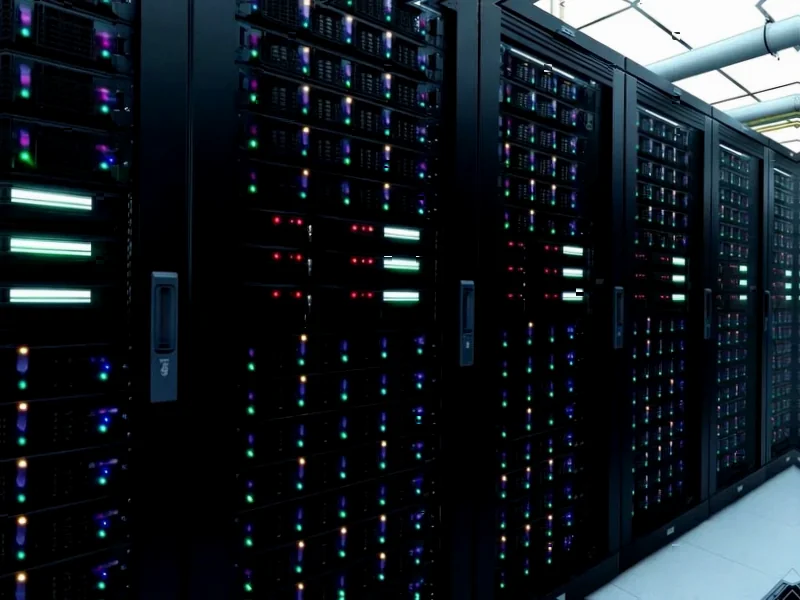According to CRN, Cisco’s new channel chief Tim Coogan positioned the Partner Summit 2025 as an innovation showcase, revealing multiple new platforms with specific availability dates. The Cisco Unified Edge platform, described as “not a server, but a platform,” integrates compute, networking, storage and security for AI workloads and will ship in December 2025. Cisco IQ, a new AI-powered digital interface for support and professional services, is expected in the second half of fiscal 2026 starting February. Security Cloud Control for MSPs gets multi-customer management capabilities and launches in February 2025, while the Global Overview feature for unified Meraki and Catalyst visibility enters beta now with general availability in Q4 2025. New 8000 series routers and Wi-Fi 7 access points will be orderable in Q4 2025, and the company revealed its expectation that AI will form the majority of partner business within three to five years.
The AI Land Grab Is Real
Here’s the thing: Cisco isn’t just adding AI features—they’re fundamentally retooling their entire partner ecosystem for an AI-dominated future. When a company the size of Cisco says AI will be the majority of partner business in 3-5 years, that’s not a prediction—it’s a strategic directive. They’re basically telling partners, “Get on board or get left behind.”
Look at the timing of these releases. Everything from the Unified Edge platform shipping in December to the Cisco IQ interface coming next fiscal year—this isn’t accidental. They’re building the runway before the plane even takes off. The modular, cloud-managed approach means partners can start small and scale as their customers’ AI needs explode. And let’s be real—they will explode.
The Simplification Play
What’s really interesting is how Cisco is attacking complexity from multiple angles. The Unified Edge platform brings data center power to where AI inferencing actually happens. Security Cloud Control gives MSPs that crucial multi-tenant management they’ve been begging for. And the Global Overview feature? That’s them finally delivering on the “unified management” promise they made back in 2022.
But here’s my question: Is this actually simplifying things for partners, or just adding more platforms to manage? Cisco seems aware of the risk—that’s why everything is cloud-managed and integrates with existing systems like Intersight. The bet is that partners would rather have one complicated platform than ten simple ones that don’t talk to each other.
Where This Fits in the Market
Cisco’s playing a dangerous game against companies like Palo Alto Networks in security and various edge computing specialists. The Unified Edge platform with partners like Nutanix and VMware shows they’re not trying to go it alone—they’re building an ecosystem. That’s smart, because nobody wins the edge computing war by themselves.
The Wi-Fi 7 access points and new routers feel like table stakes—you have to have them, but they’re not the main event. They’re the infrastructure that makes the AI platforms possible. It’s all connected, literally and figuratively. If partners buy into Cisco’s AI vision, the networking gear becomes an easy add-on sale.
So what’s the bottom line? Cisco sees the AI tsunami coming and they’re building the ark. Partners who get on board now might actually ride the wave instead of getting washed away. The question is whether these platforms deliver on their promises or just add to the complexity they claim to solve.




